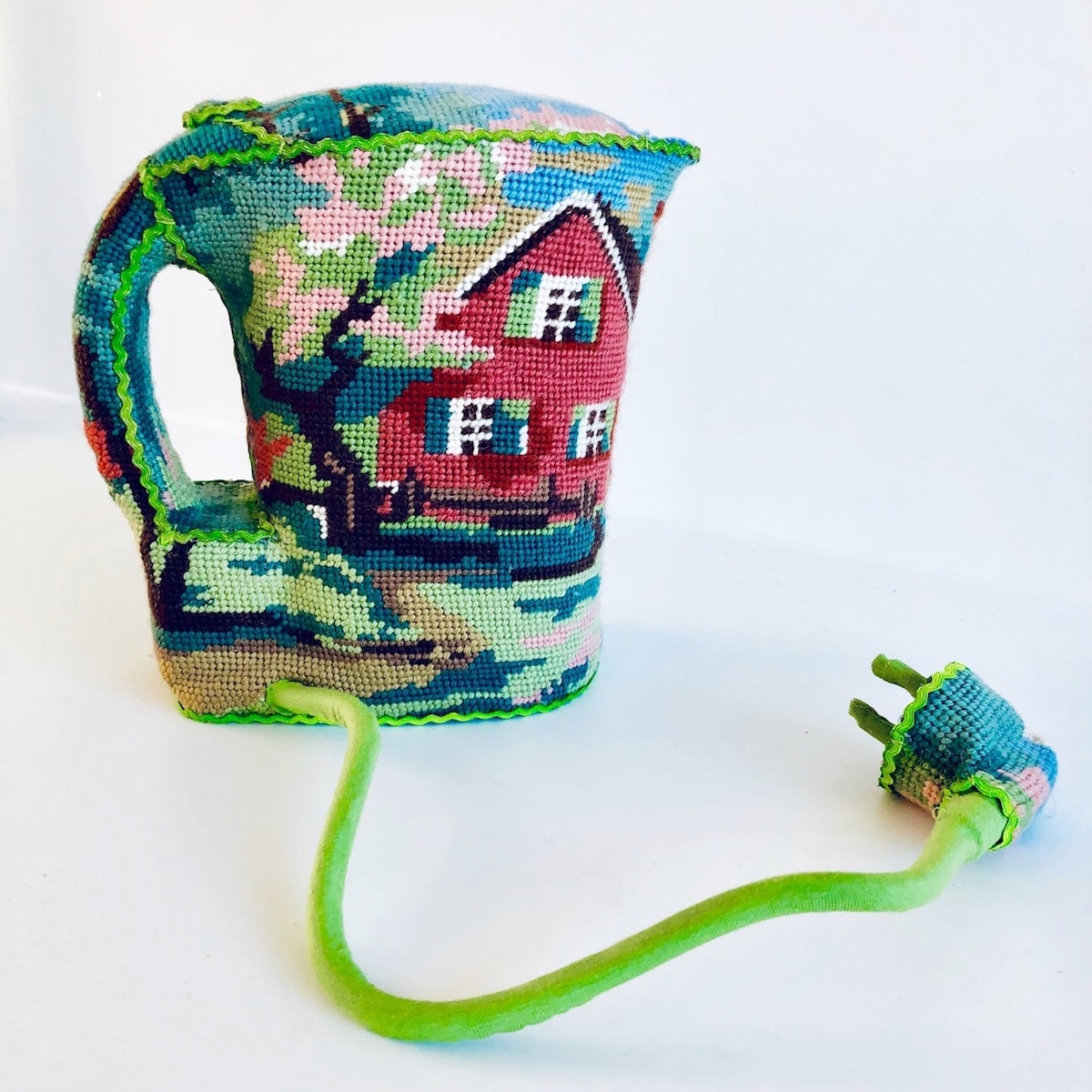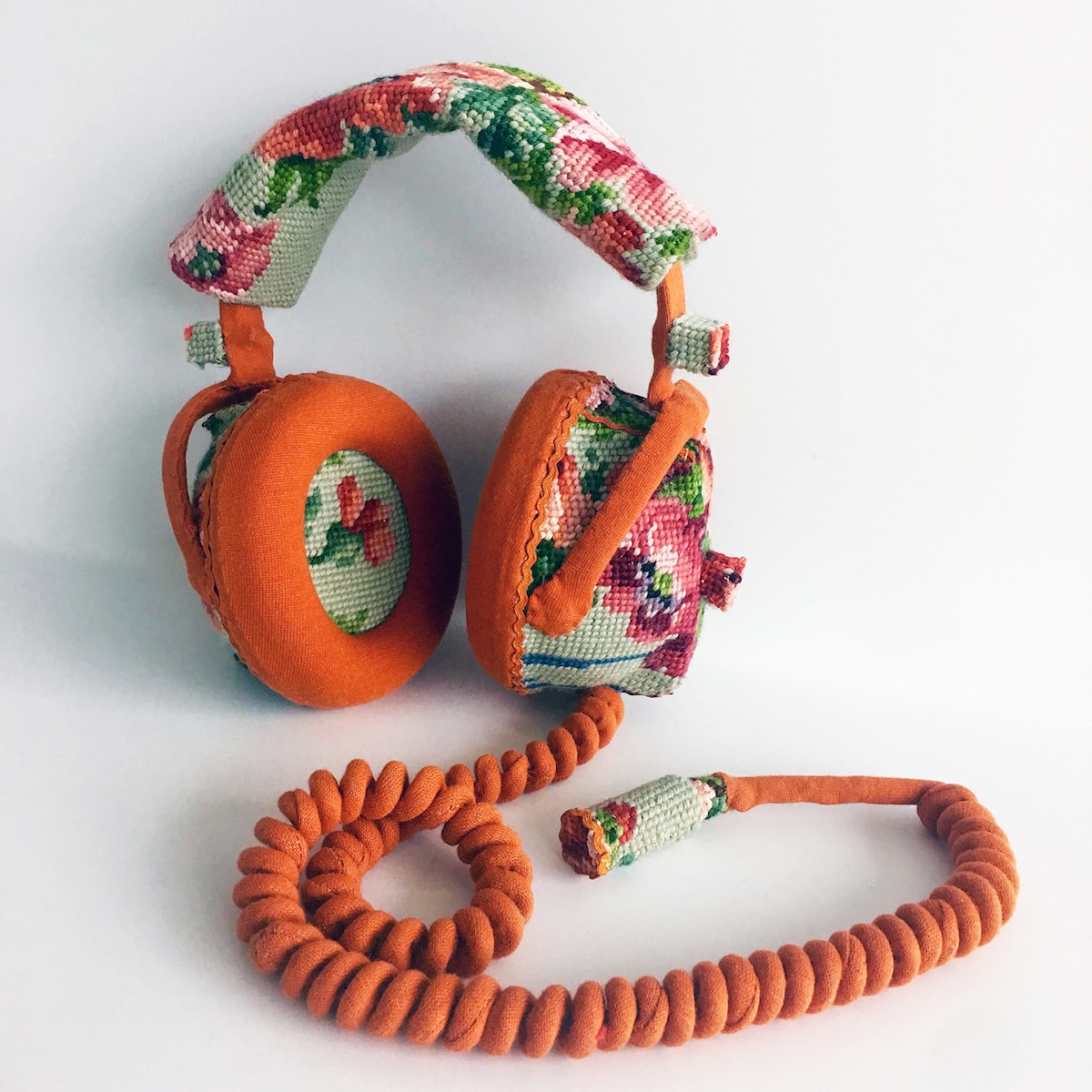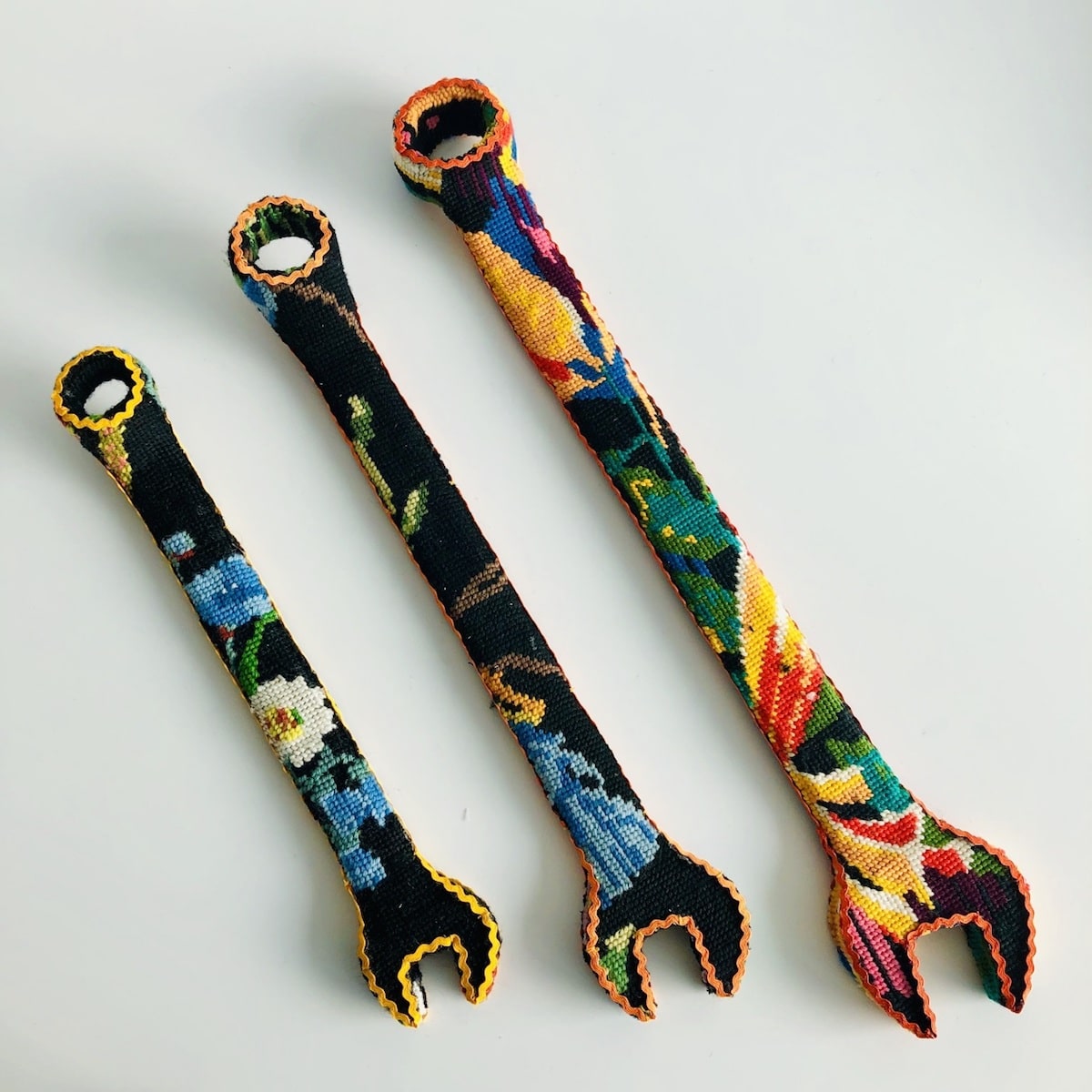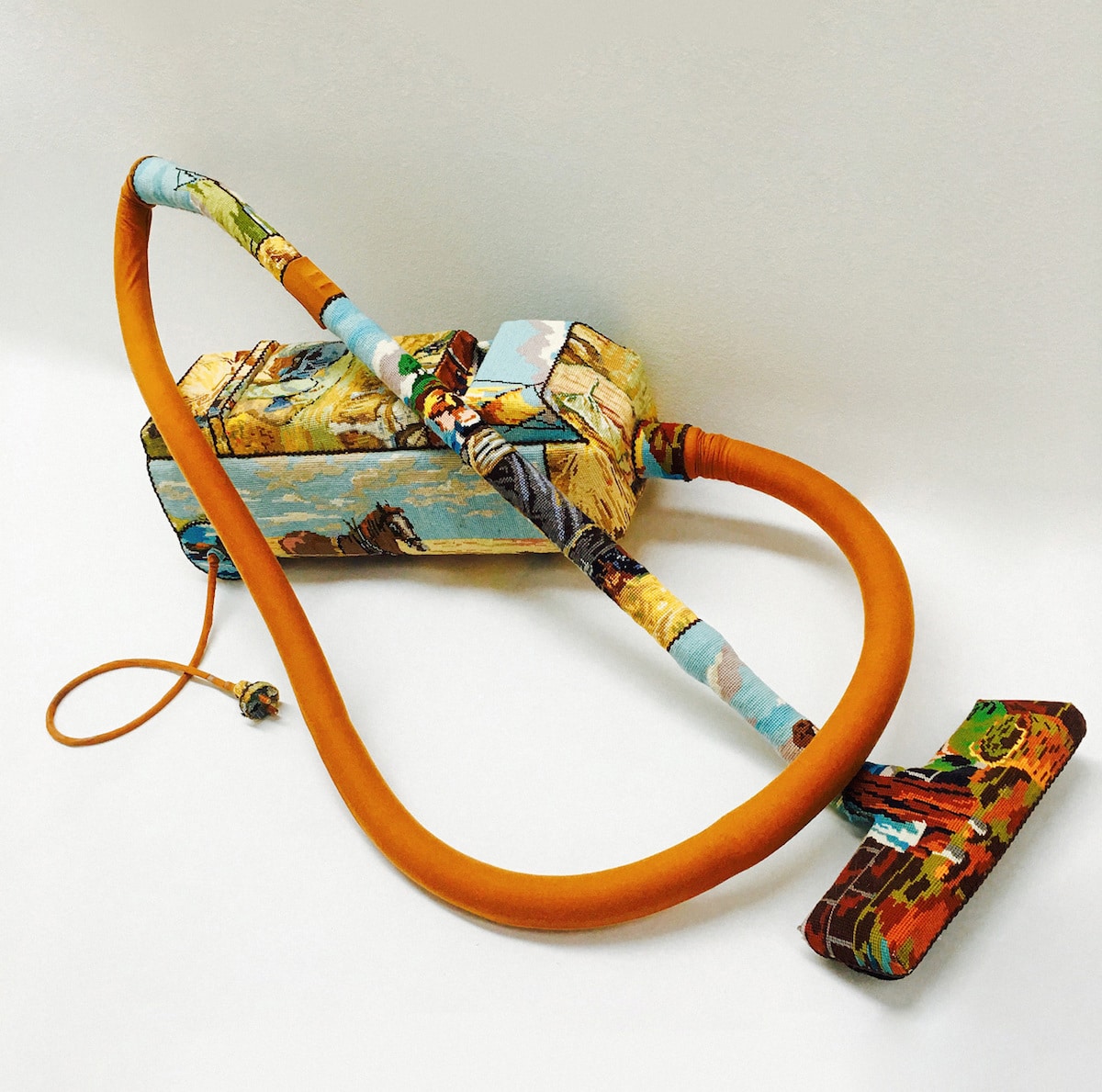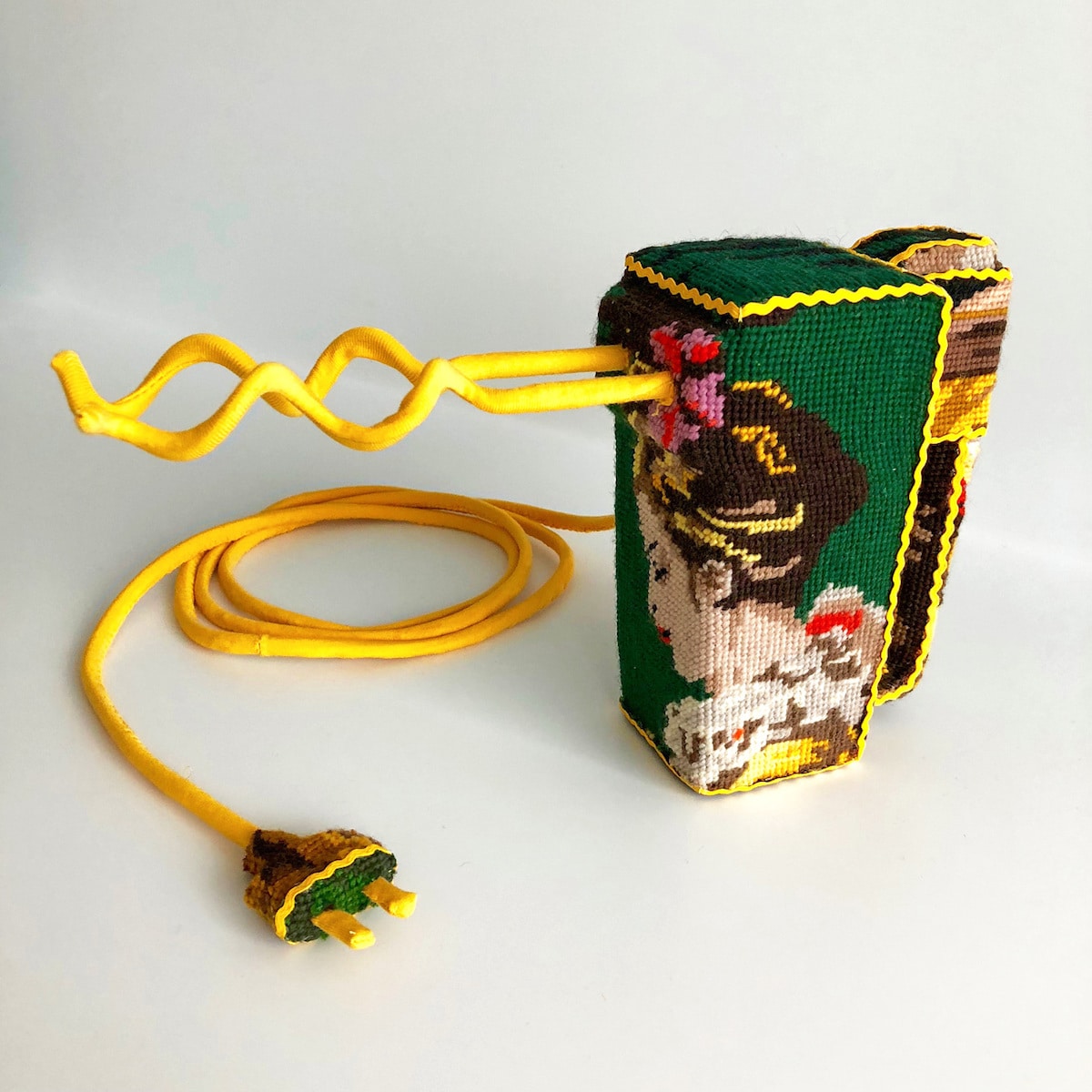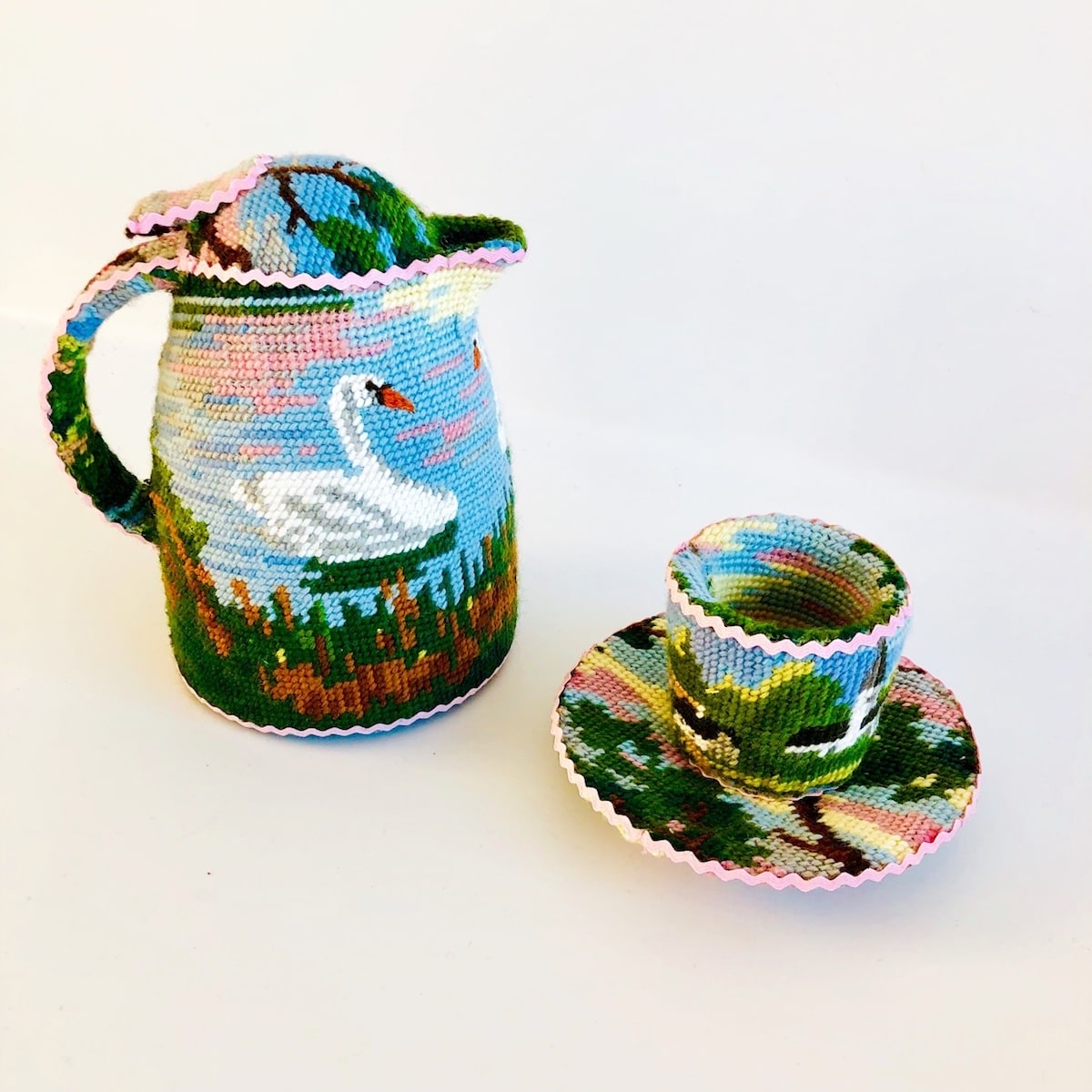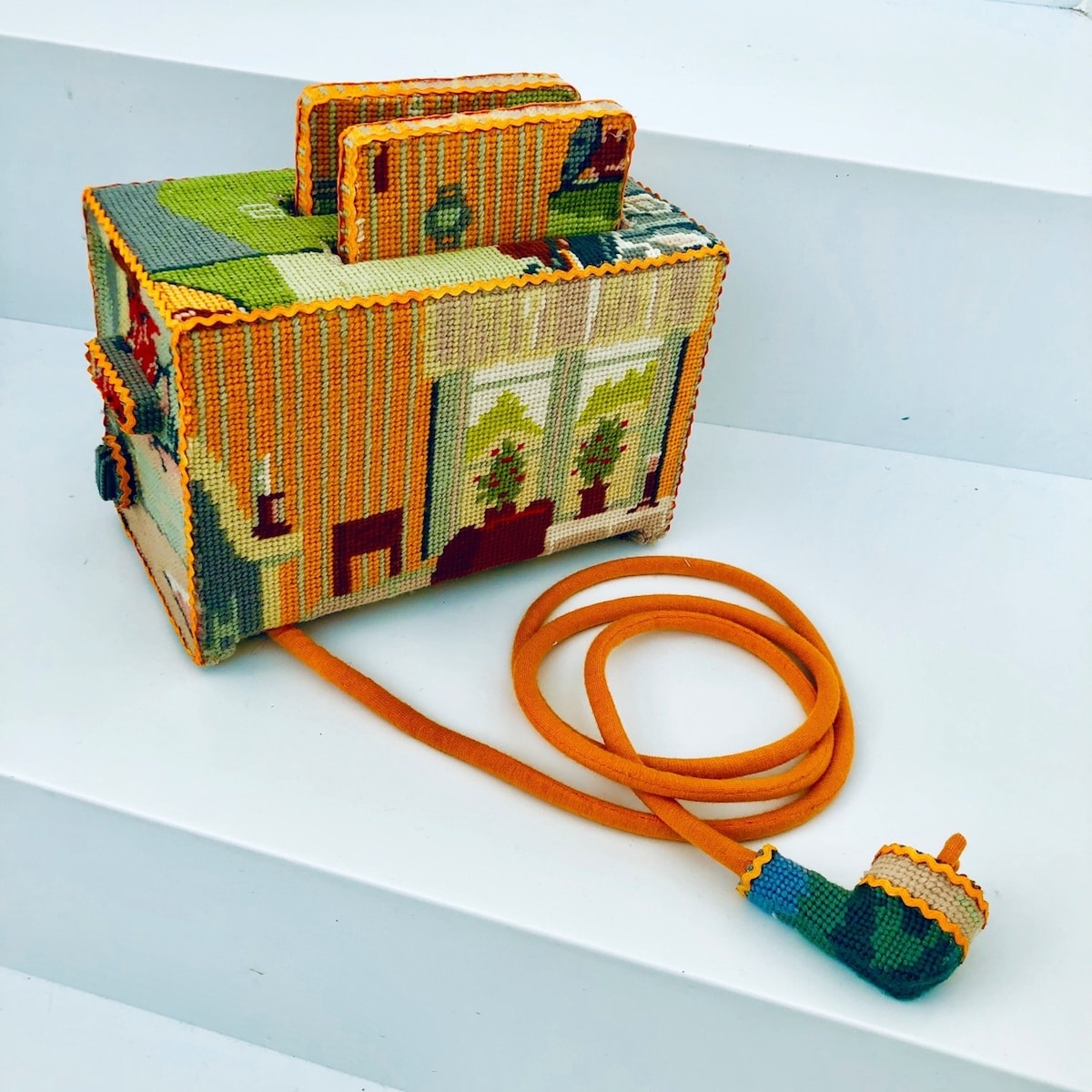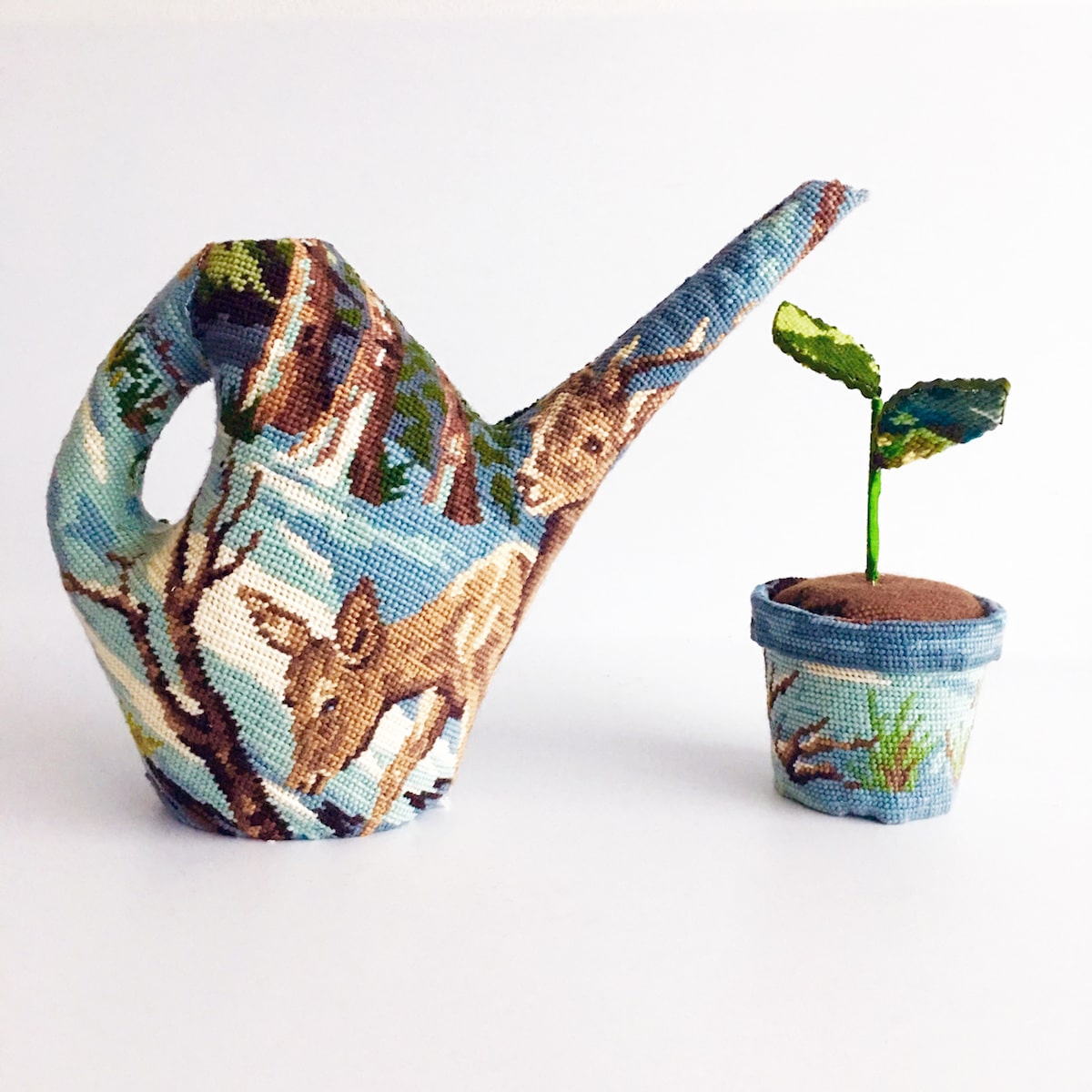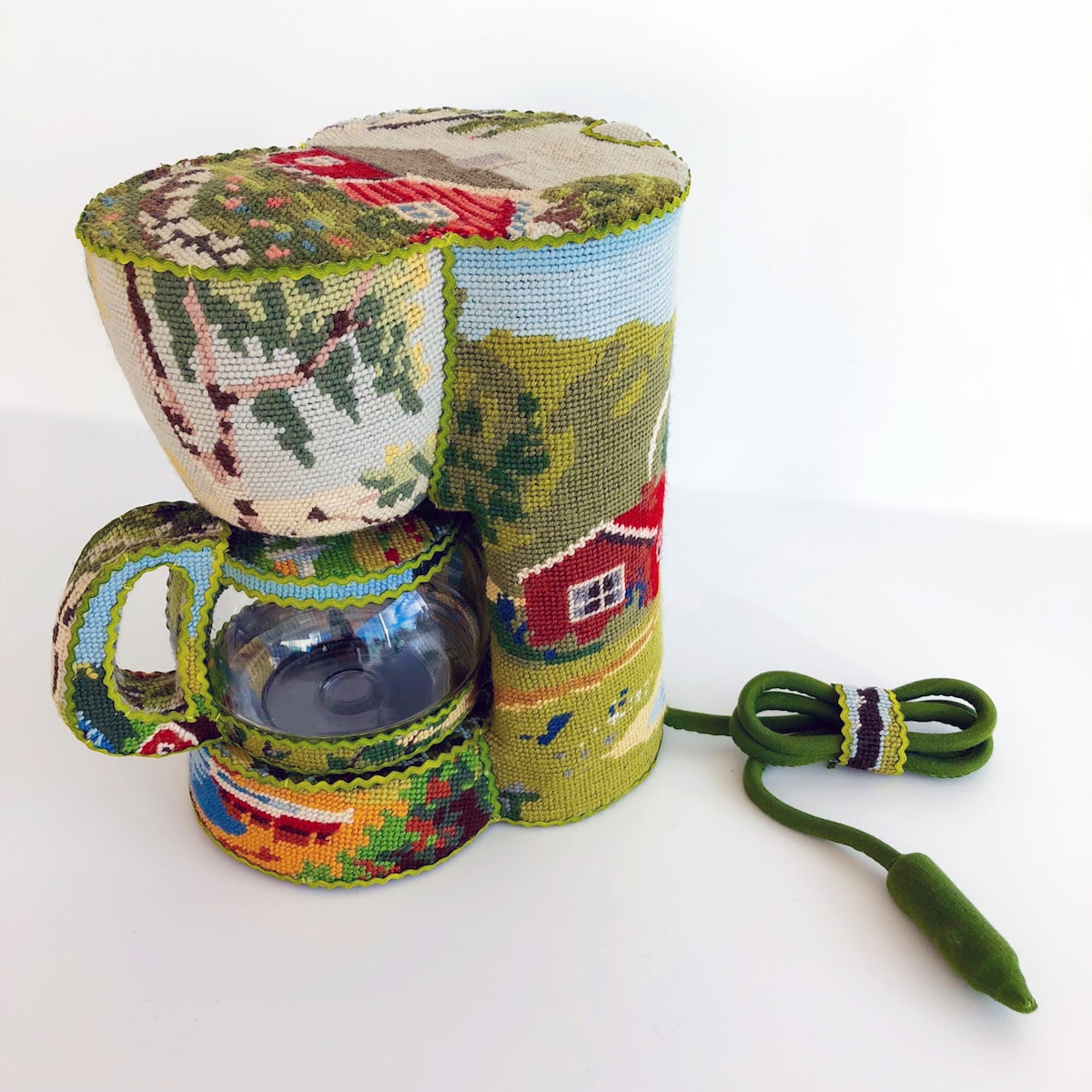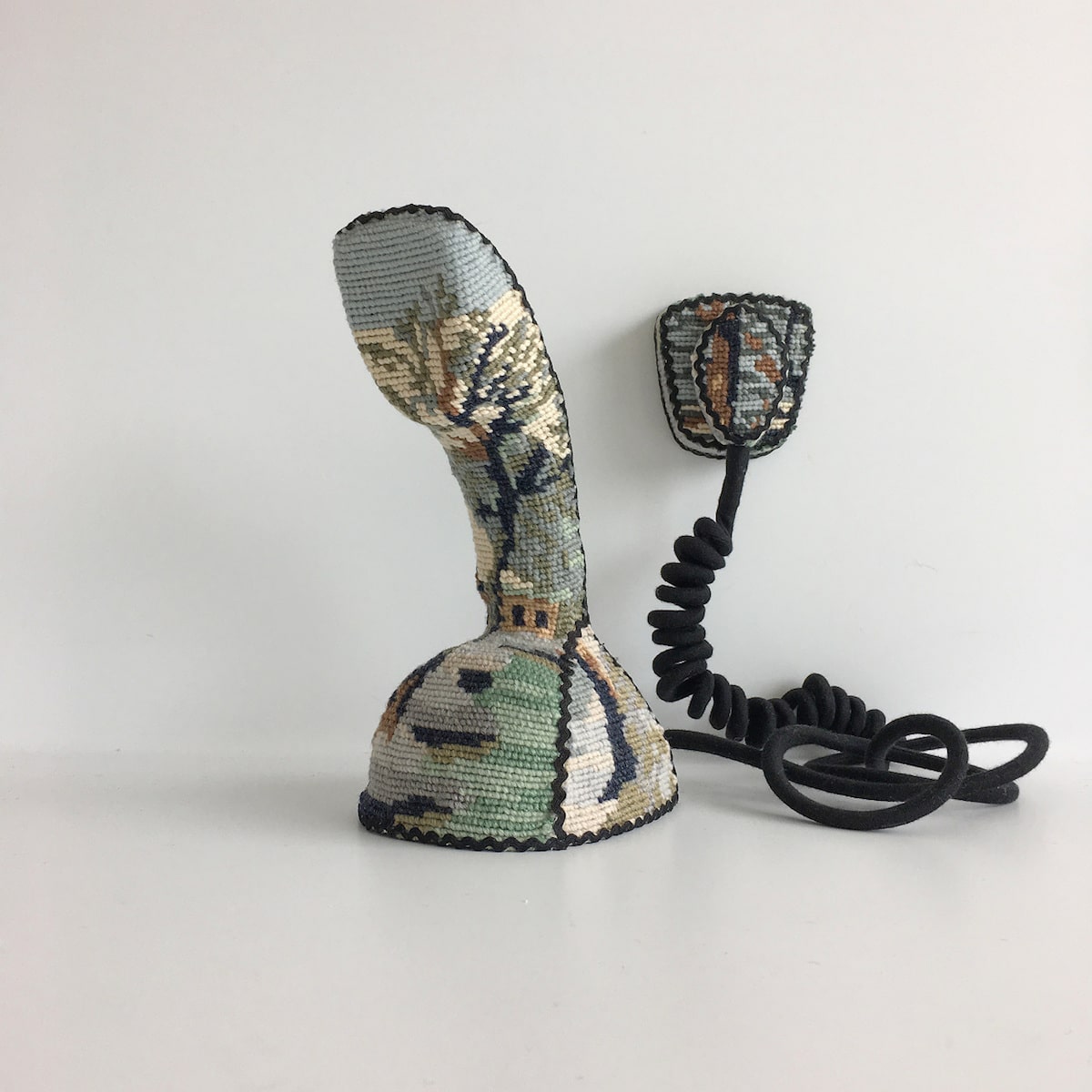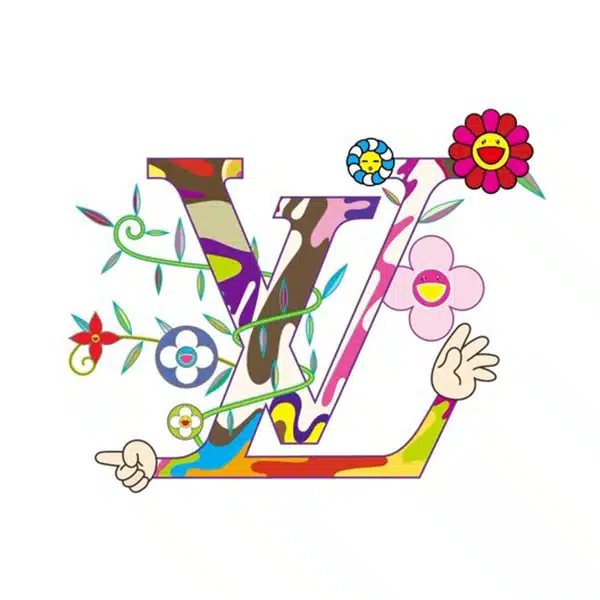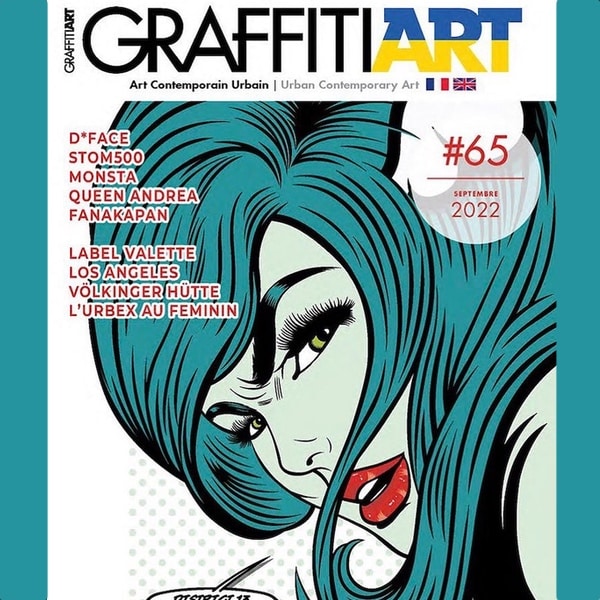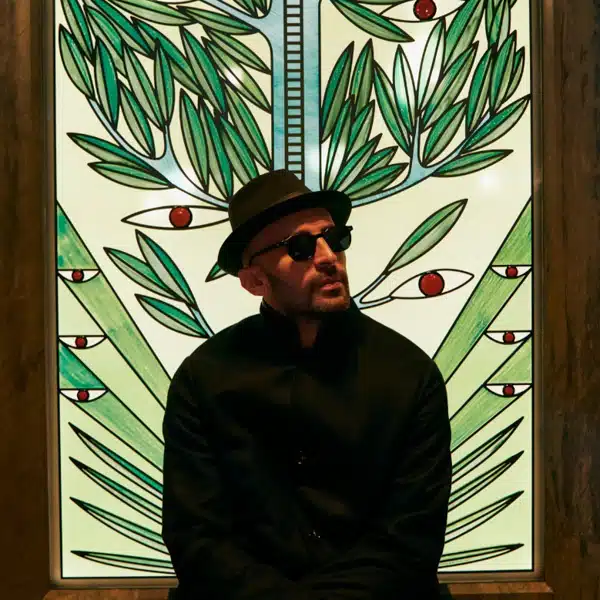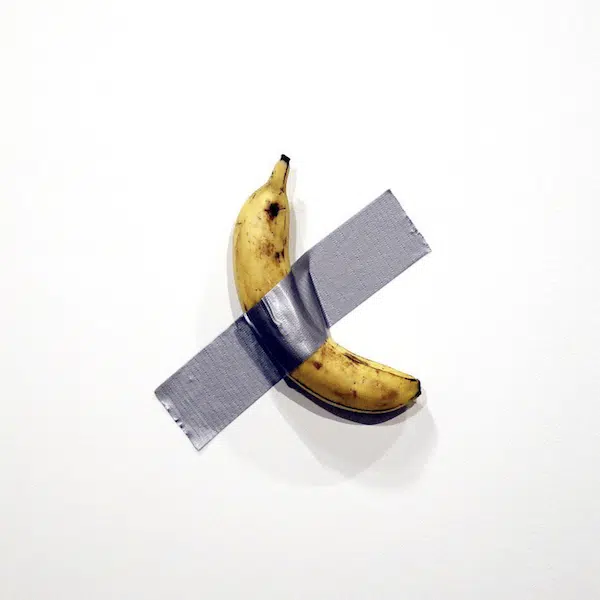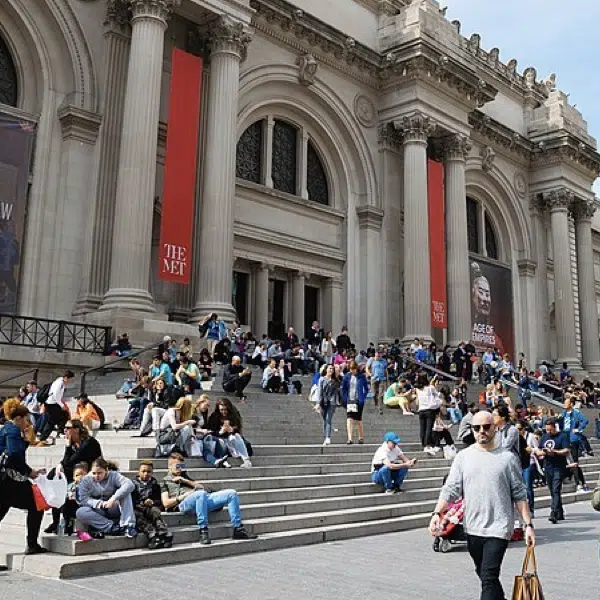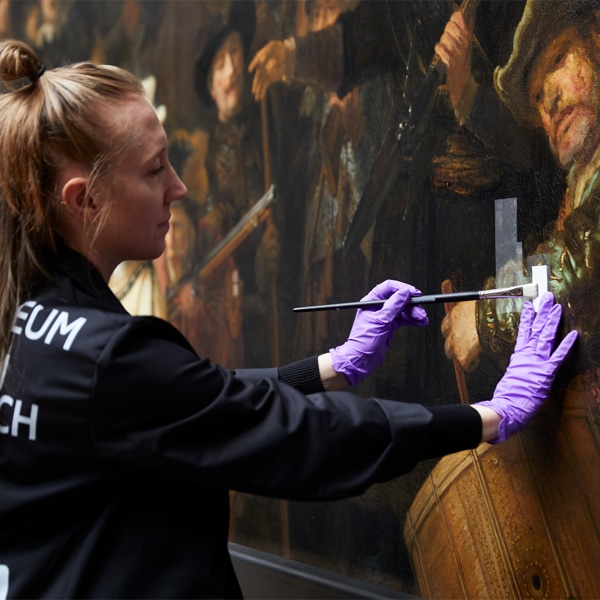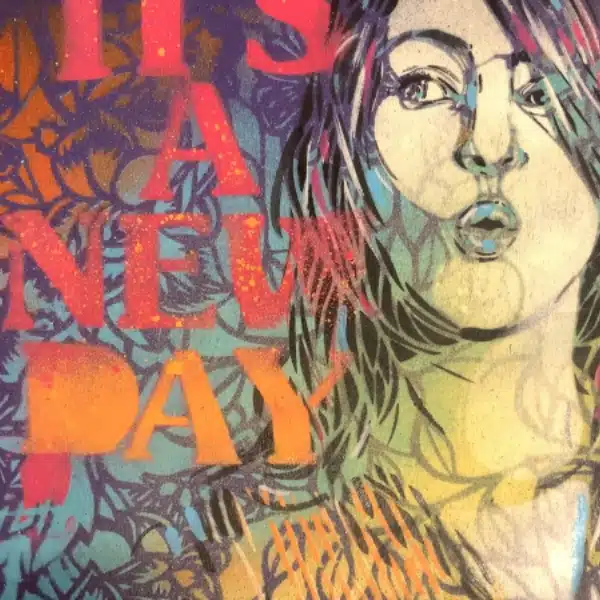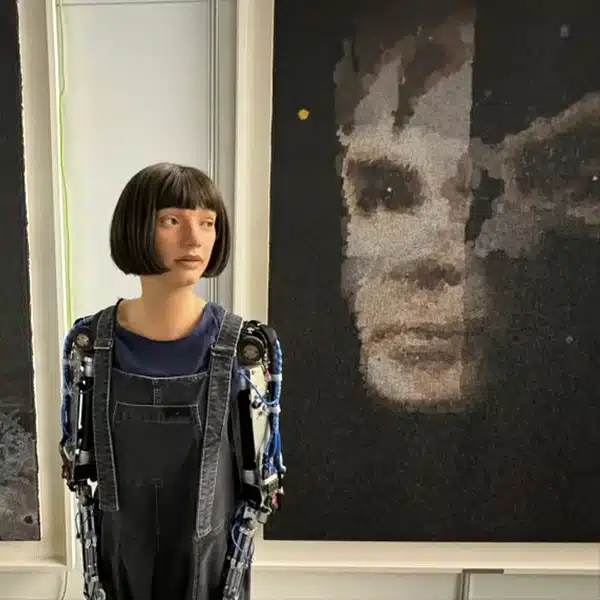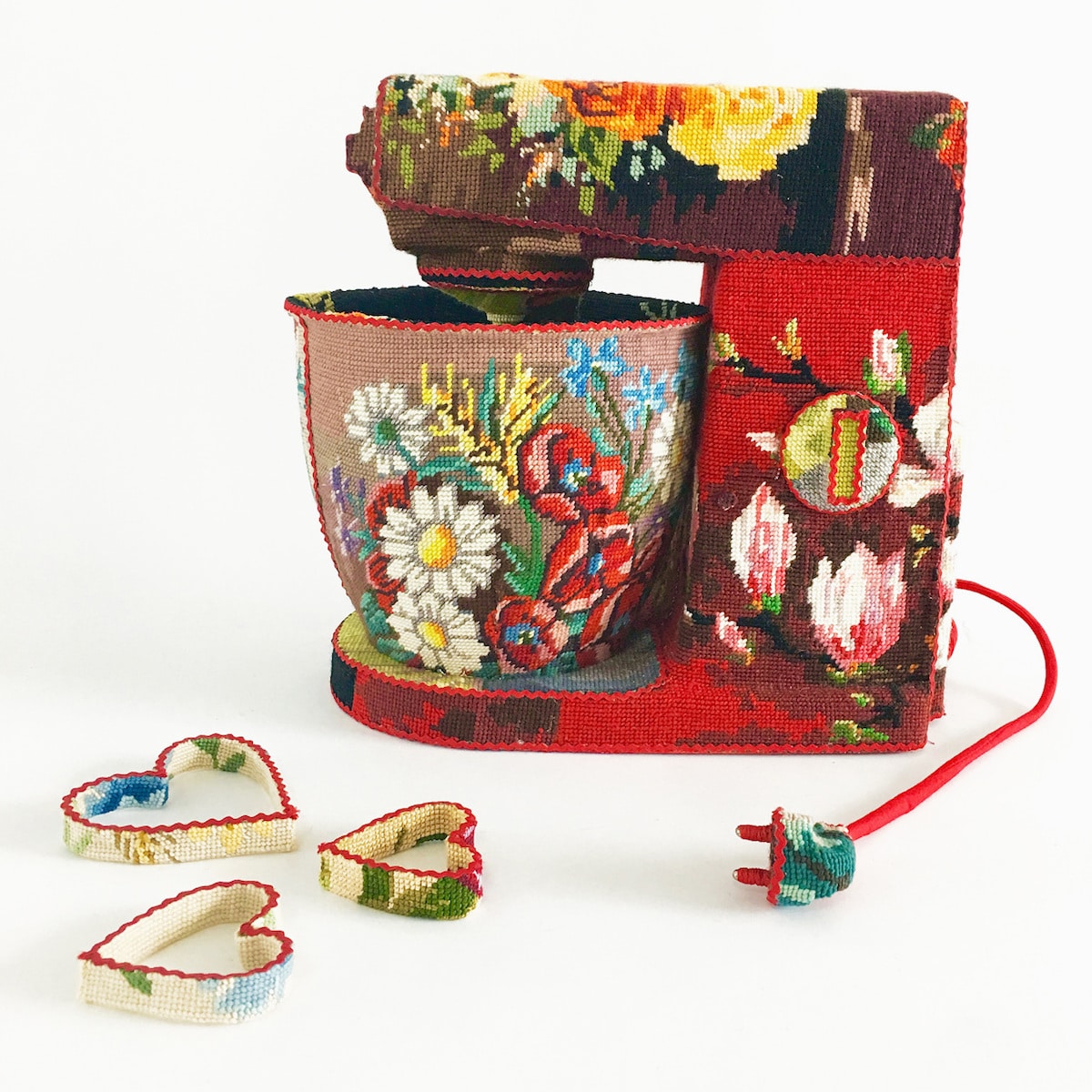
From vintage typewriters to old sewing machines, many household objects of the past have their own unique charm that makes them irresistible to antique collectors. Sweden-based artist Ulla Stina-Wikander is one of many vintage aficionados, but she doesn’t just collect old items—she turns them into art. The talented artist gives outdated technology, furniture, and tools a new lease on life by covering them with colorful cross-stitch embroidery designs.
Wikander sources her needlepoint samples from flea markets and vintage stores, where she finds all sorts of textile motifs and patterns. Now with a huge collection of over 100 designs, she aims to pay homage to the now-uncredited women who made them by hand. “These embroideries have been made by women and are often seen as kitsch and regarded as pretty worthless,” she explains. By merging the embroidery samples with domestic items of the past, Wikander transforms the old and forgotten into colorful works of art.
We recently caught up with Wikander to ask about her process. Read on for My Modern Met’s exclusive interview, and you can see Wikander’s embroidered objects at Paradigm Gallery + Studio, Philadelphia in October, 2019.
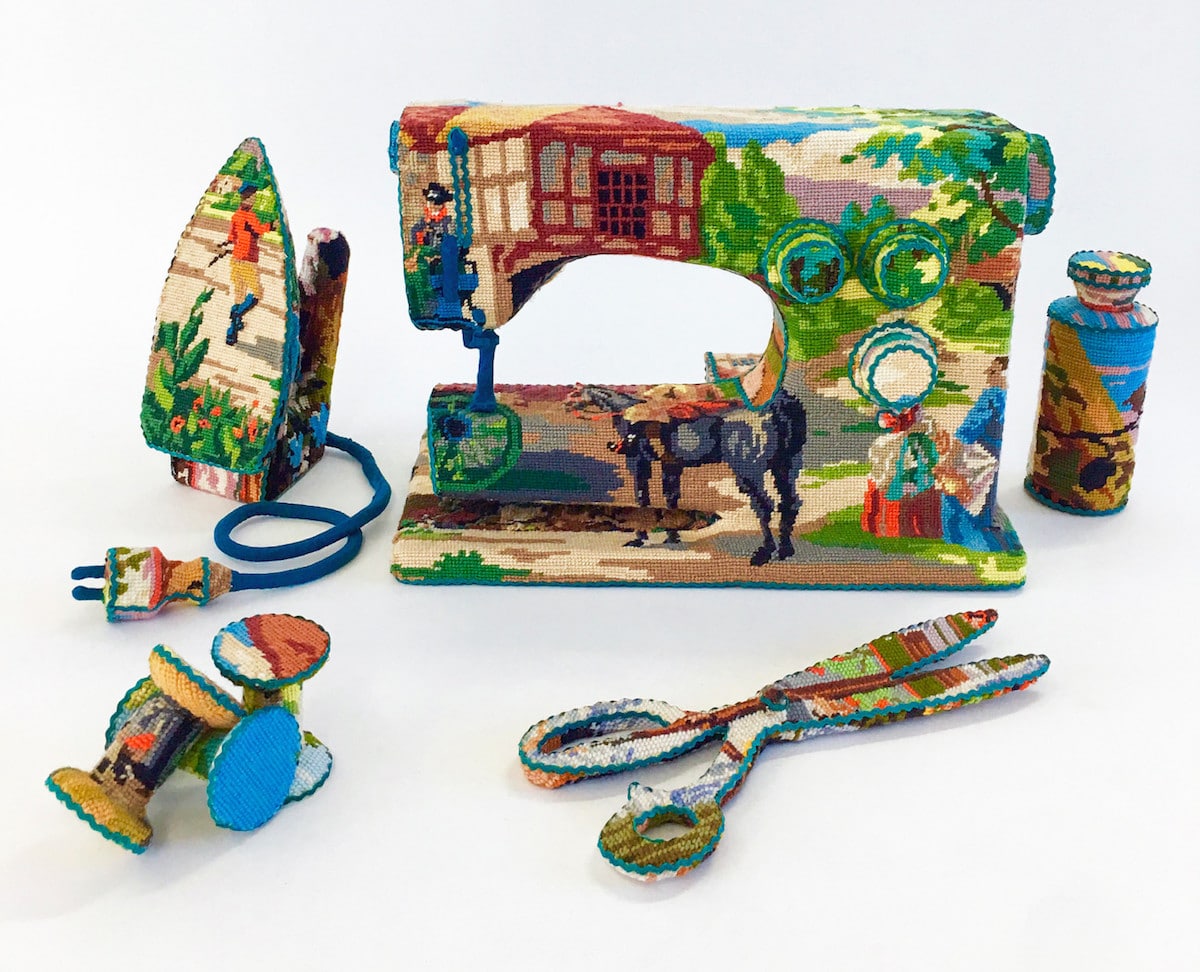
How long have you been collecting embroidery designs and why were you first drawn to them?
I started to collect the cross/tent-stitch and midpoint embroideries 15 years ago. When my 3 children were small, I found it hard to support them. I had my extra work at the Opera House of Gothenburg as a prop master at the prop department. We often went to flea markets and second hand stores to buy props for the various opera performances. It was because of that I came across the cross/tent-stitch embroideries. I started to collect them but didn't ́t know what to do with them. My feelings were mixed, the embroideries were lovely but also very kitschy. At that time, there were plenty of them at flea markets and vintage stores. Today, my collection of embroideries is quite big, with hundreds of different motifs and sizes.
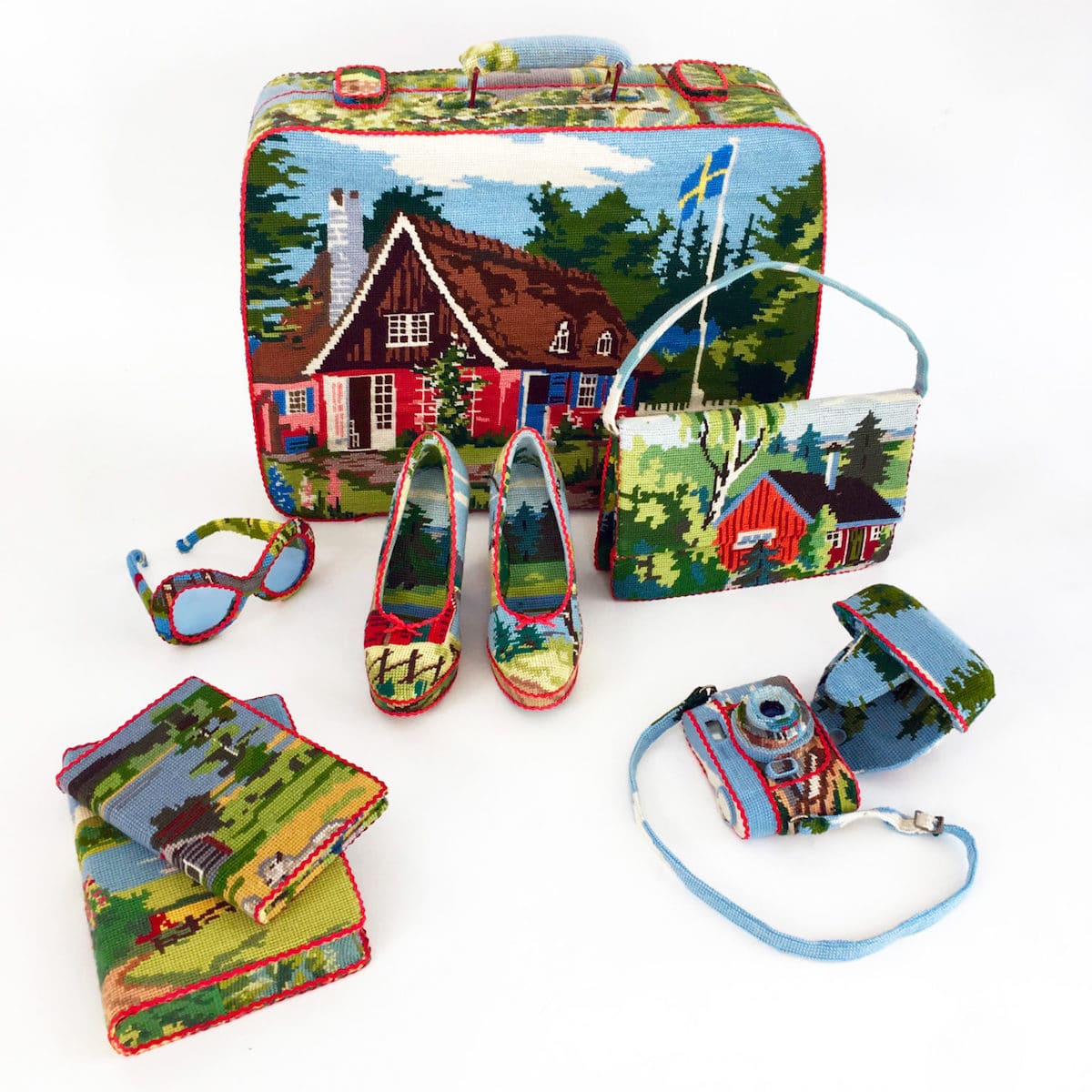
Do you look for any particular color or pattern?
I definitely have some favorite patterns and colors, but I buy all the embroideries I find because sometimes I need to cover parts that you hardly see. Red cottages and birches, flowers, deer, and moose pattern and nature motifs are the ones I like best. If the colors are brilliant and they are well made, I like them even better.
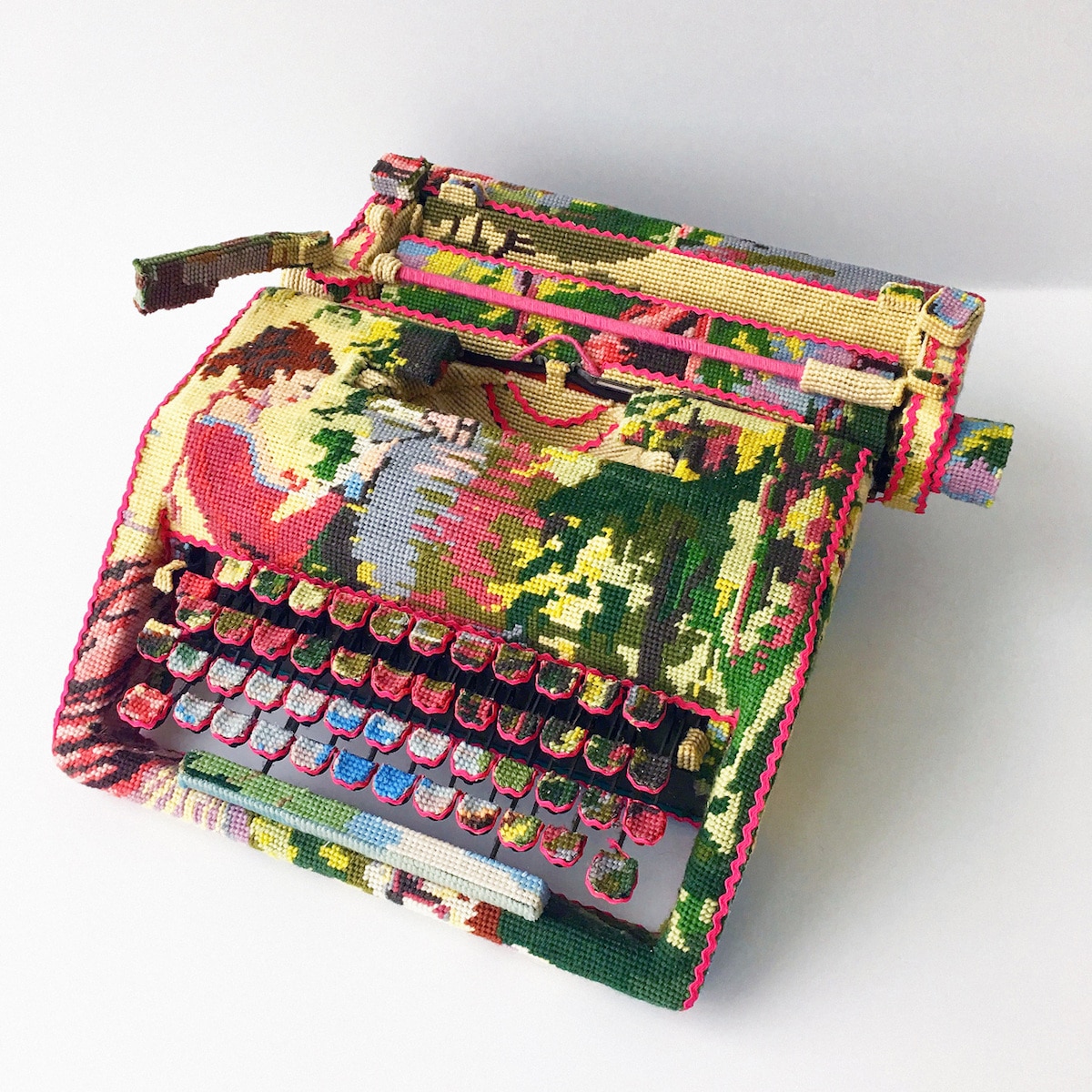
What made you decide to cover old household objects with fabric?
After some years of collecting, I covered a mirror frame and a chair at home and thought it looked good. Then my vacuum cleaner broke down and instead of throwing it away, I had this idea, that perhaps I should cover it with some of my embroideries. What would it look like and how would it affect the object? The vacuum cleaner was transformed into something else—a kind of art object. My friends looked at it and liked it, and I was more than happy with the result. It caught my interest and I started to cover ordinary household object from the '70s. It was interesting to see how the obsolete objects could be tranformed with this new context. I left the vacuum cleaner in my living room as a piece of art and let people that visit us comment on it. There was recognition, surprise, and a mild sense of humor. Since then I have collected the items from the '70s that are ordinary household objects (the more common the better) at flea markets. I'm also interested in the recycling aspect, as well as the feminist point of view, with focus on eveyday working objects that women would have used in the household.
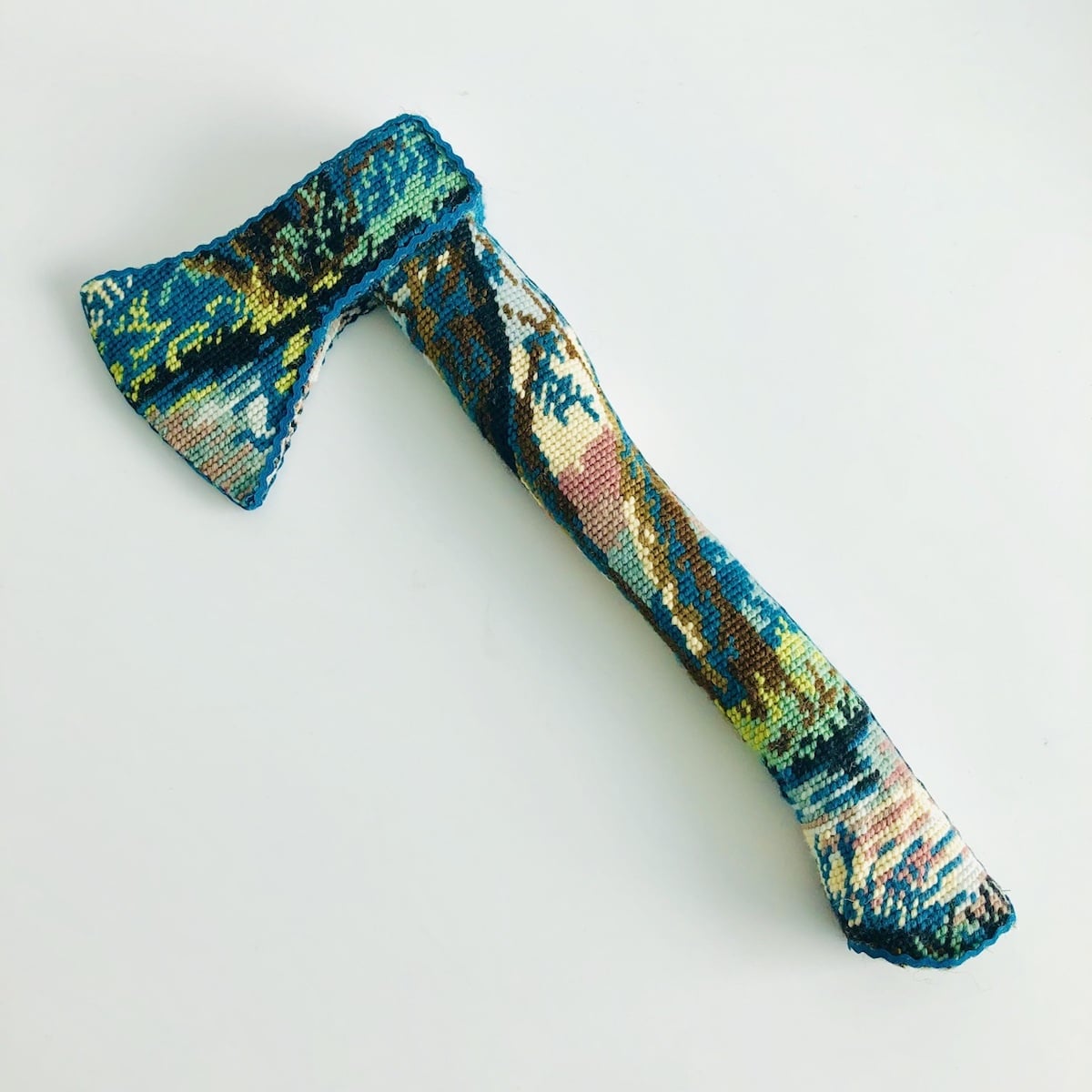
Where do you source all of the vintage objects?
All items and embroideries are from different flea markets and second hand stores. I visit different markets once a week. When I travel in Sweden or abroad, I usually visit the local flea markets and I have had lots of embroideries in my luggage during the years.
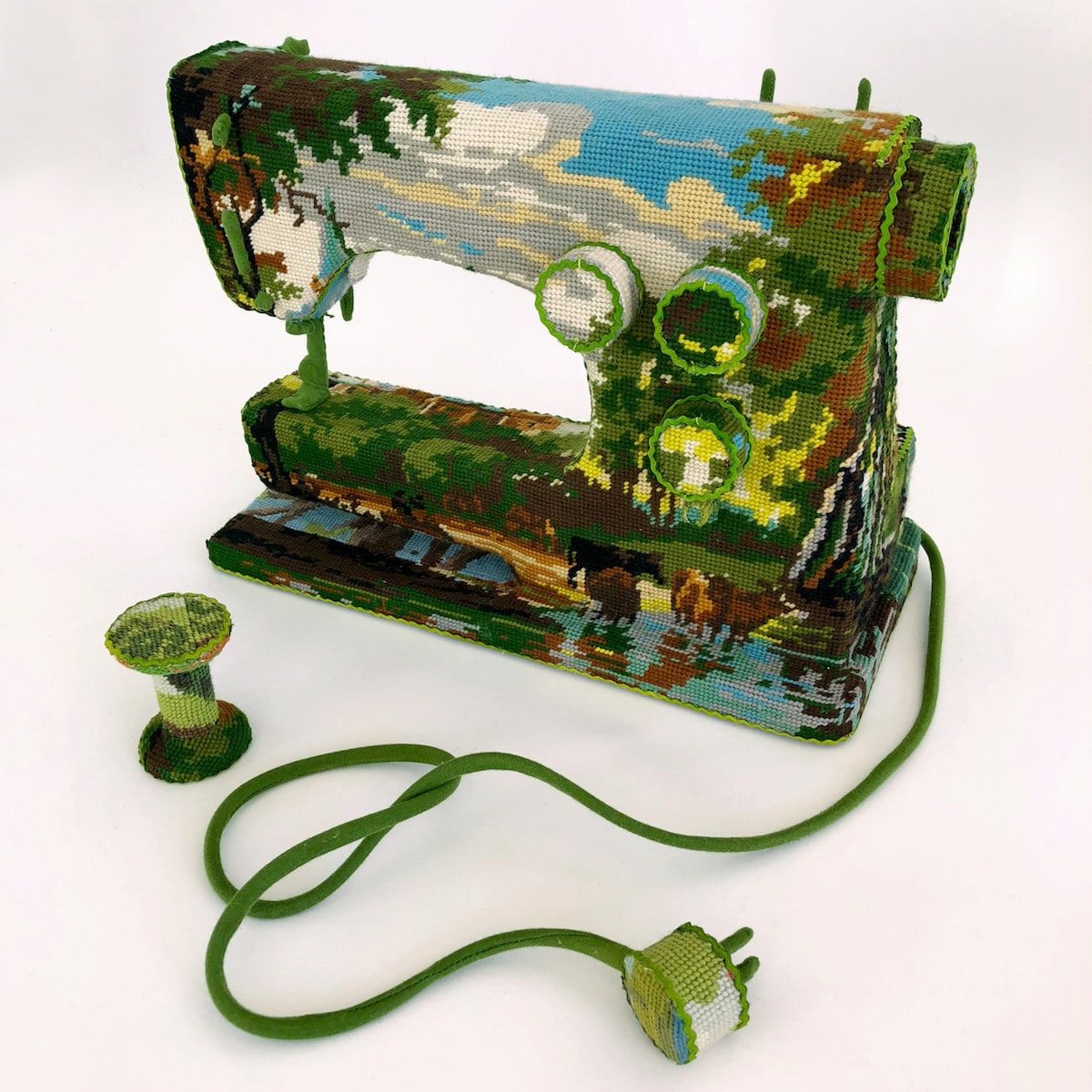
Each item looks so seamless when it's wrapped in embroidery. How do you go about covering them so perfectly?
I use needle and thread, and of course glue. First of all, I make a pattern in calico. Then I look for a suitable embroidery and start to cover. If the embroidery isn't big enough, I choose one more, with a similar pattern. I like the wool embroideries best. I also dye the zig zag rack in the right color to match the tricot, with which I dress the cords. Covering is a slow process and I am very meticulous because I want to pay tribute to the women who have made the embroideries and also because I have a bad conscience for cutting them up. I want people to take a better look at the things we throw away, the things that are regarded useless. My items become artifacts from a bygone era, disguised, dressed, and camouflaged. I give them a second life in a new context.
